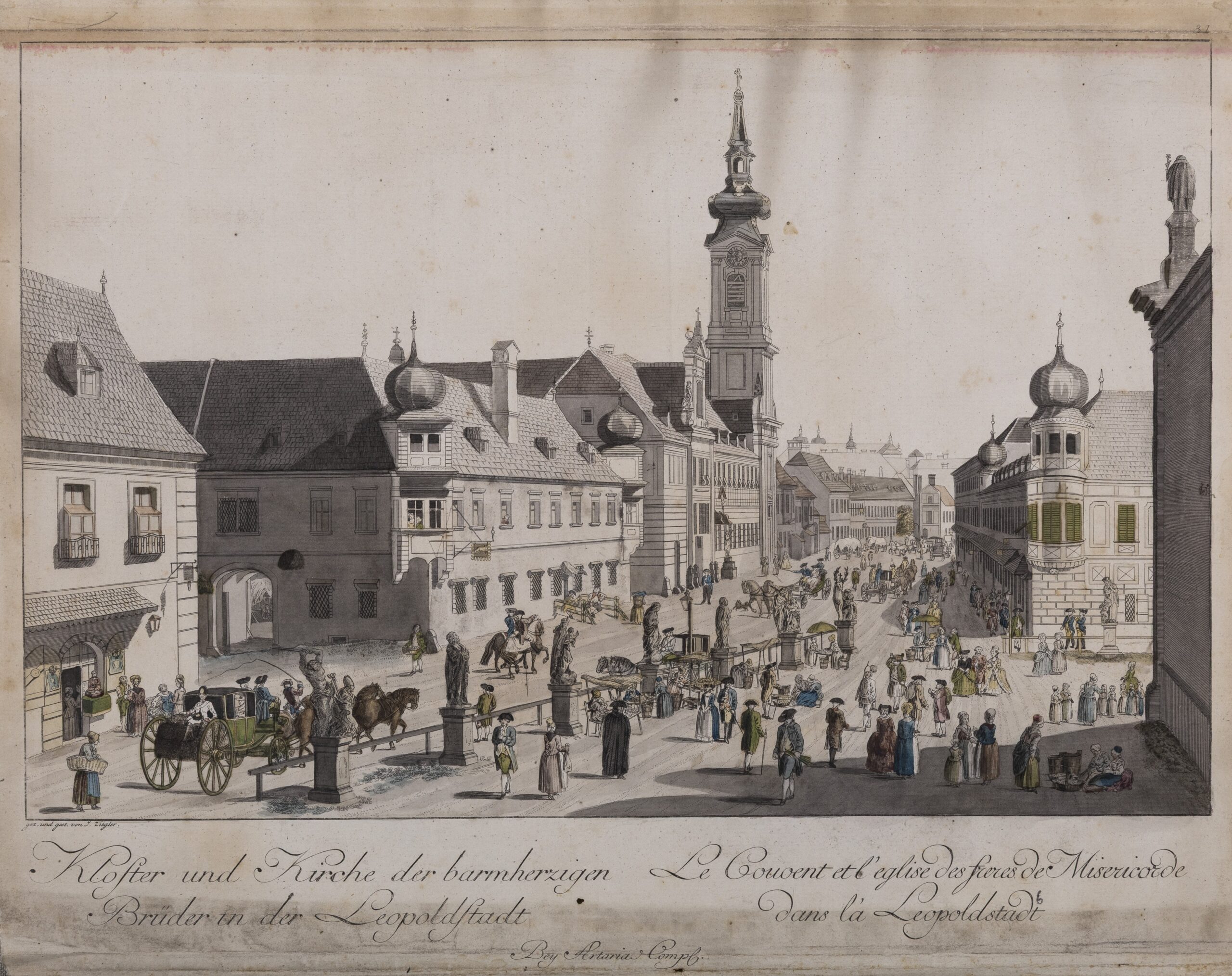For a painter to be deemed a Szentendre artist, art historians look at not only their attachment to the town—and that list is long, started by none other than János Jankó, who made only one Szentendre-themed work—but their use, as well, of local motifs and the experience of the urban view in a visual world that may inhabit any point on the spectrum from naturalist styles to abstraction. The varied topology of the terrain creates splendid views and unexpected vistas, which, together with the archaic, subtle details of the old buildings, their geometric structures, appear in considerable variety in the works of Szentendre’s painters, who display a great diversity of styles and approaches across the ages.
The Ráby House is one of the real-life locations that have frequently provided motifs for art. Painters (and then photographers) had a fondness for the imposing baroque house with a bunch of grapes on its keystone, the gently sloping square outside and the hand pump. Its representation or appearance in images was never associated with the namesake of the square and has always been featured in genre scenes or townscapes. Perhaps Dezső Korniss was the only one to see a mysterious figure in the flat shape of the gate, which he broke up into more abstract motifs. It was often posterity that added the name of the square to the titles; originally named after Queen Elizabeth, it was Marx, and then Béke (Peace) Square for a short time before it was given its current name in 1958, when a plaque was also attached to the house, declaring it to be a listed building.

